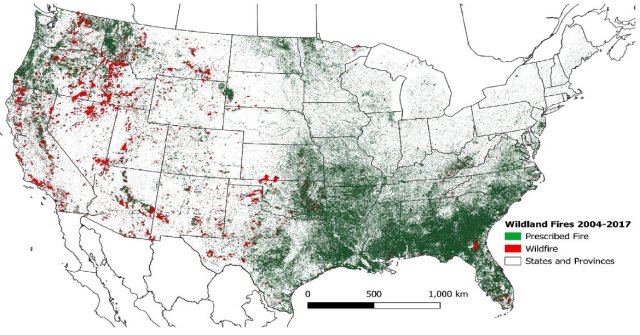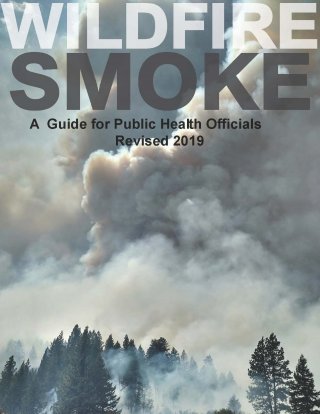Importance of Educating Patients and Health Care Professionals Before Smoke is in the Air
Wildfires can start and spread rapidly. Therefore, relationships between health care team members (e.g., physicians, nurses, asthma educators) should be in place before a crisis begins. Pre-existing partnerships enable rapid response and allow everyone to quickly access and share vital information. For example, consistent messages about wildfire smoke and health risks from members of the health care team can reduce potential public confusion.
Physicians, nurses, asthma educators and others have a high degree of credibility with the public. Consistent messaging from health care providers reinforces the importance of using preventative measures and taking action to reduce smoke exposure. In states that prepare formal emergency smoke response plans, the health care team can refer to those plans for:
- local points of contact,
- responsibilities of state agencies and other partners and
- instructions for acquiring extra resources such as air quality monitors or respirators.
State and local health departments are also good resources, even when there is no formal emergency smoke response plan.
Compared to wildfire, prescribed fire presents a unique opportunity to prepare individuals for smoke, especially patients at increased risk of experiencing a negative health effect (Sacks et al. 2023). Smoke from prescribed fire is generally present for a shorter time than from a wildfire and can have less impact on air quality (U.S. EPA, 2021). Often, land managers, who plan the prescribed fires, have minimal interaction with state and local public health agencies. Minimal communication results in limited public awareness for when prescribed fires will occur and awareness that smoke may be present. With a planned increase in prescribed fire (USDA, 2024), more coordination is occurring to address this communication gap. For example, prescribed fire information from the National Interagency Fire Center (NIFC) is included on the AirNow Fire and Smoke Map, which is jointly developed and run by EPA and the U.S. Forest Service. Note that many prescribed fires occur across the country that are not entered in NIFC. While wildfire most commonly happens in the western U.S., prescribed fires are conducted across the country and dominate in the southeast. If your patients live in locations identified to experience prescribed fire (Figure 9., Beidler et al. 2024), be aware that this is another source of smoke exposure and make your patients aware of the various resources available. Some resources discussed below can inform them of current air quality conditions and appropriate exposure reduction measures.

Source: Beidler et al. 2024

One resource that can provide you with information to educate your patients is Wildfire Smoke: A Guide for Public Health Officials, also known as the Wildfire Guide. Related fact sheets (also available in Spanish) are linked in this course and can be found on the AirNow website. AirNow also features illustrated information on being smoke ready and what to do during a smoke event.
The information for this course was drawn from the Wildfire Guide. The Wildfire Guide and related fact sheets are the product of a collaboration between the EPA, CDC, U.S. Forest Service (USFS), California Air Resources Board and California Office of Environmental Health Hazard Assessment.
